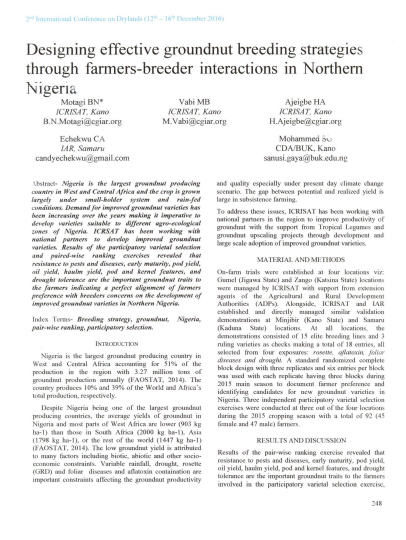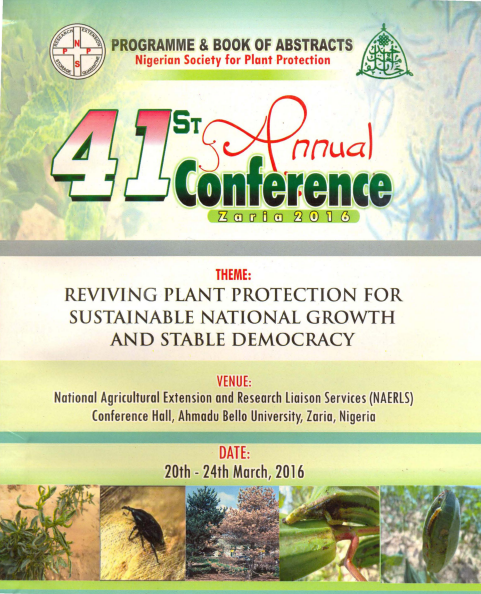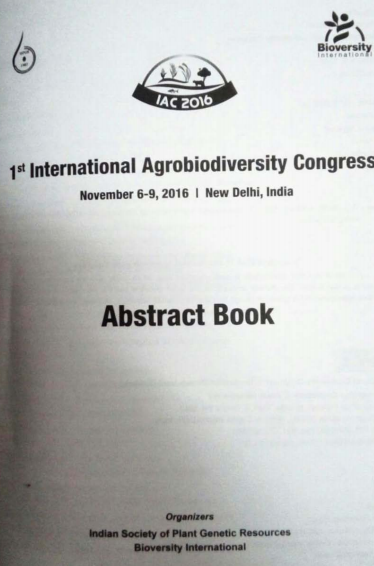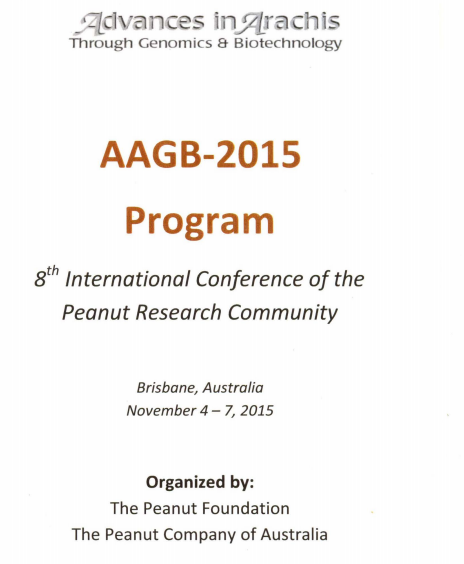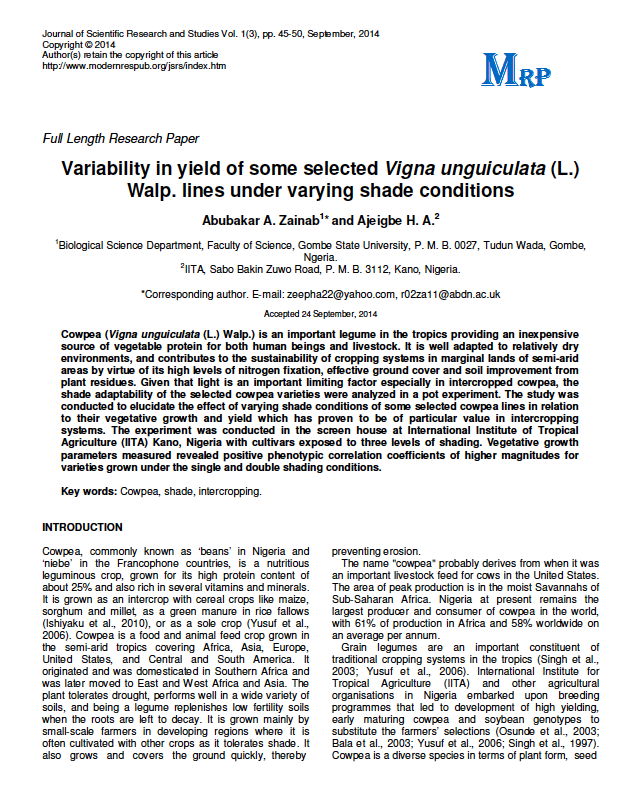Tropical Legumes project intervention and advancement of the common bean program of Ethiopia
This poster demonstrates how the Tropical Legumes initiatives improved the performance of Ethiopia’s common bean program and enhanced the livelihoods of smallholder farmers.
Project: TLIII
File type: PDF (2.16 MB)
Designing effective groundnut breeding strategies through farmer-breeder interactions in northern Nigeria
This study presents the results of a groundnut participatory varietal selection exercise in northern Nigeria, which revealed that resistance to pests and diseases, early maturity, pod yield, oil yield, haulm yield, pod and kernel features, and drought tolerance are the most important groundnut traits for farmers.
Project: TLIII
File type: PDF (1.06 MB)
Pre-empting aflatoxin contamination in legume and cereal farming systems in northern Nigeria: a case study of the groundnut value chain
This study presents preliminary results of pre-emptive measures being undertaken by the International Crops Research Institute for the Semi-Arid Tropics and national partners on the management of aflatoxin contamination in the groundnut value chains of selected states in northern Nigeria.
Project: TLIII
File type: PDF (852.57 KB)
Germplasm enhancement for increasing groundnut productivity and production in West and Central Africa
This conference paper discusses current efforts to deploy modern breeding approaches and tools to enhance genetic gains and support national groundnut breeding programs in West and Central Africa.
Project: TLIII
File type: PDF (188.13 KB)
Evaluation of Multiple Stress Tolerant Groundnut Genotypes for Productivity and Nutritional Quality in Nigeria
This abstract assesses the results of an evaluation of 541 advanced breeding lines, along with local landraces and improved varieties. The evaluation assessed reactions to drought, rosette and foliar diseases.
Project: TLIII
File type: PDF (612.60 KB)
Variability in yield and vegetative growth of some selected cowpea [Vigna unguiculata (L.) Walp.] lines under varying shade conditions
This study was conducted to elucidate the effect of varying shade conditions of some selected cowpea lines in relation to their vegetative growth and yield. The study revealed positive phenotypic correlation coefficients of higher magnitudes for varieties grown under the single and double shading conditions.
Project: TLII
File type: PDF (235.20 KB)
Potential of cowpea (Vigna unguiculata L.) for dry season seed and fodder production in Sahelian sandy soil of Niger
Recent surge in dry cowpea seed price, grain and fodder demand in Niger Republic has resulted in the search for appropriate cultivars for dry season production for seed, grain, and fodder. Studies have found that dry season cowpea production stands first as an alternative for farmers to increased income, grain, seeds, and fodder and enrich the soil for the next rainy season.
Project: TLII
File type: External site
Potential of triple and double cropping with and without irrigation in the Sudan and Northern Guinea Savanna Zones of West Africa
The rapid increase in population and consequent pressure for food is driving agriculture towards greater intensification in West Africa. Various options including double and triple cropping, with and without irrigation, have to be employed for intensification to succeed. Double and triple cropping options with irrigation in Sudan and Sahel savannas and without irrigation in the northern Guinea savanna zones of West Africa were explored as possible options for intensification in these areas.
Project: TLII
File type: External site



